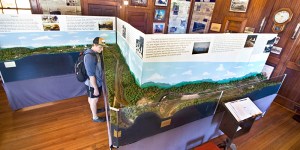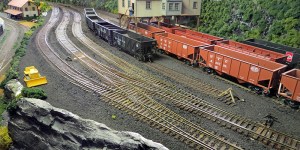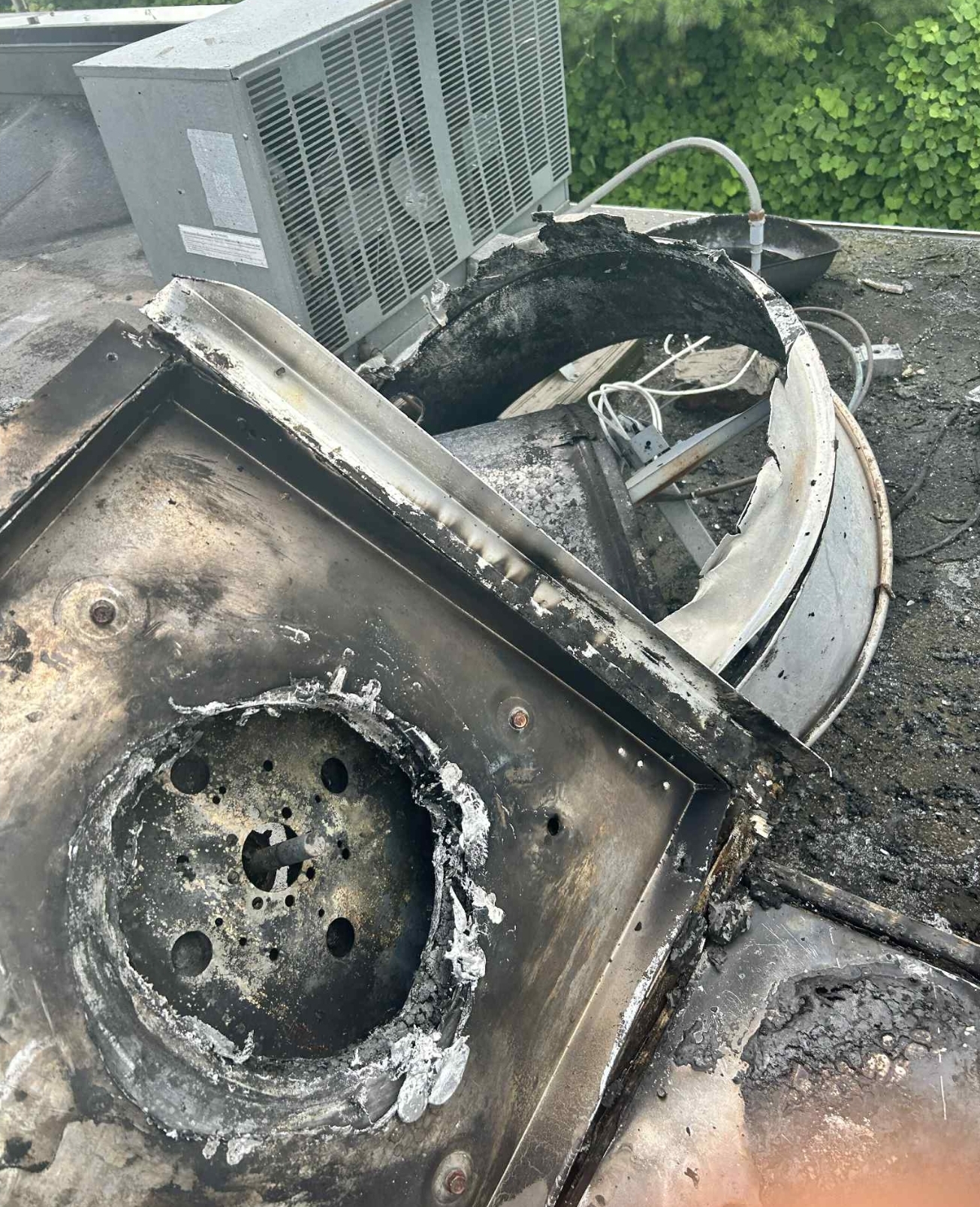Larry Morton
Published 3:08 pm Wednesday, January 2, 2019





The man who shrunk the Saluda Grade
The further we walked down the mountain on the railroad, the more frequently we stepped through spills of kudzu flowing off the slopes and across the tracks.
Finally, the rails disappeared into a dense covering as far as I could see around a bend. With a lapse in good sense, I followed the rails, leading the way and beating down and aside the hip-high growth with a stick.
Refusing to be turned back to Saluda, I was illogically determined to make it all the way down to Melrose and see the entirety of this “road less traveled.”
Getting there would satisfy the curiosity of all five dauntless members of our family expedition. Each of us would also have a story for posterity of how we had hiked the legendary Saluda Grade.
We had already come so far through the quiet of the gorge and forested mountains that the end had to be just out of sight. We had clambered over and through a tree toppled across the tracks, left behind a hefty copperhead snake in peaceful warmth along the roadbed, wondered about the colorful corrosion on the housing of a routing signal, and wisely left a stinging caterpillar untouched on a rail tie plate.
We had joked that a box turtle at the base of a rail had come to the wall at the end of its world and should turn back.
Advice I wish I had heeded. About a dozen steps into the deep tangle, I vanished before my startled wife, daughter, granddaughter and grandson.
It would have been so much easier and more sensible for us to have waited a few months and view the Saluda Grade diorama when it was installed at the Saluda Historic Depot Museum.
The hike we had attempted would be there in miniature. We could have satisfied our curiosity without the kudzu and had the bonus of historically accurate locomotives and cars at the depot, on the grade and at the Melrose coal loader.
When we five explorers first saw the diorama, we enthused about the various locations we identified from our adventure. I wondered who had shrunk the terrain of our hike with such amazing accuracy and how it had been so cleverly built to fit the room.
Larry Morton, president of the Apple Valley Model RR Club in Hendersonville, remembers receiving his first train on his eighth Christmas, an O-scale Lionel set (O-scale is 1/48 actual size). Before he went to college to study engineering, he built and rebuilt three variations of the Reading Railroad in HO scale (1/87 actual size).
From 1964 to retirement in 2000, he worked at NCR in such positions as a computer technician, network engineer and service manager. Much less time was available for model railroading, although he did some work in N-scale (1/160 actual size).
From childhood and throughout his career, he was learning and practicing to shrink miles to feet, inches and fractions, not knowing he was heading for the littlest project of his life, bringing 4 miles of the Asheville and Spartanburg Railroad into 28 feet at Z scale (1/220 of the real world). He would lead a team to shrink the steepest stretch of standard gauge railroad in the United States into a modular display that could be folded and rolled out of the way when necessary for Saluda Depot programs.
“Model railroading is craft, art and engineering,” Larry says.
Craft can be in the woodworking of building a flat platform or multiple tiers, the bonding of Styrofoam sheets to be sculpted into mountains, transforming bottle brushes into pine trees, or constructing buildings from kits or from scratch with materials such as basswood.
Larry thinks his most challenging project was sculpting clay sheets to replicate stone walls of an actual Reading depot, allowing for shrinkage in the kiln to maintain proper scale when assembled.
Art is in the imagination to conceive and visualize a finished model. It’s the ability to paint stores and houses, riverbanks and roads, and backgrounds that use forced perspective to create illusions of depth and distance.
Engineering is the electrical circuitry of complex switching and calculating angles of incline to match topographical maps.
“The diorama is 28 feet long but, to be totally accurate at Z scale, the length should be 84 feet,” Larry elaborates. “There is no smaller scale, so to make a convincing model as accurately as possible, we modified elevations, and with selective compression, decreased the linear distance in modules 2 and 3…retaining readily recognizable features.”
While researching an earlier project for the Hendersonville railroad museum, Larry, in a team of three, had already hiked the Saluda Grade twice in stages.
The Saluda Grade project took Larry about three months, with help from club members. His duties included carving and coloring the gorge, raising forests out of foam rubber, carefully bending 0.256-inch wide track and securing it with “adhesive nails.” Other members built automobiles and buildings, painted, wired, and more.
Larry’s vision was a 1950 Saluda, when steam and diesel engines were pulling and pushing up the grade. Thanks to member Larry Weed’s research, the models used are replicas of the actual locomotives and cars of the day.
“The club has 105 members, and we’re there to enjoy the art, craft and history,” Larry says.
As I listened, I thought that what some of the members enjoy is a multiplayer game. Larry has a 28-square foot S-scale model of the Reading Railroad in the Pennsylvania mountains of 1964. At 1/64 of actual size, it recreates an extensive coal hauling operation with 22 locomotives and 250 rail cars.
“In operating sessions, one member is the dispatcher, four are yard operators and four are train crews,” he says. “The objective is to run a railroad as realistically and effectively as possible, improving scheduling and transport time, and have fun.”
In closing, I asked Larry to confirm on the diorama where I thought I had fallen through a gap in the ties.
Fortunately, I had caught myself at waist deep, and my camera bag prevented me from dropping further into a washout under the tracks. I was sore for a few days, but the camera was undamaged, as evidenced by photos in this article.
“The kudzu is more navigable in winter,” Larry advised for future reference.
For more of the story, visit SaludaHistoricDepot.com and avmc.com. •
A photo waits in all things, all places, and everyone with a passion has a story to be told. That’s the perspective Vince Verrecchio, lightly retired ad agency creative director, brings as a writer and photographer contributing to Life in our Foothills. He can be reached at vincent.verrecchio@gmail.com.










